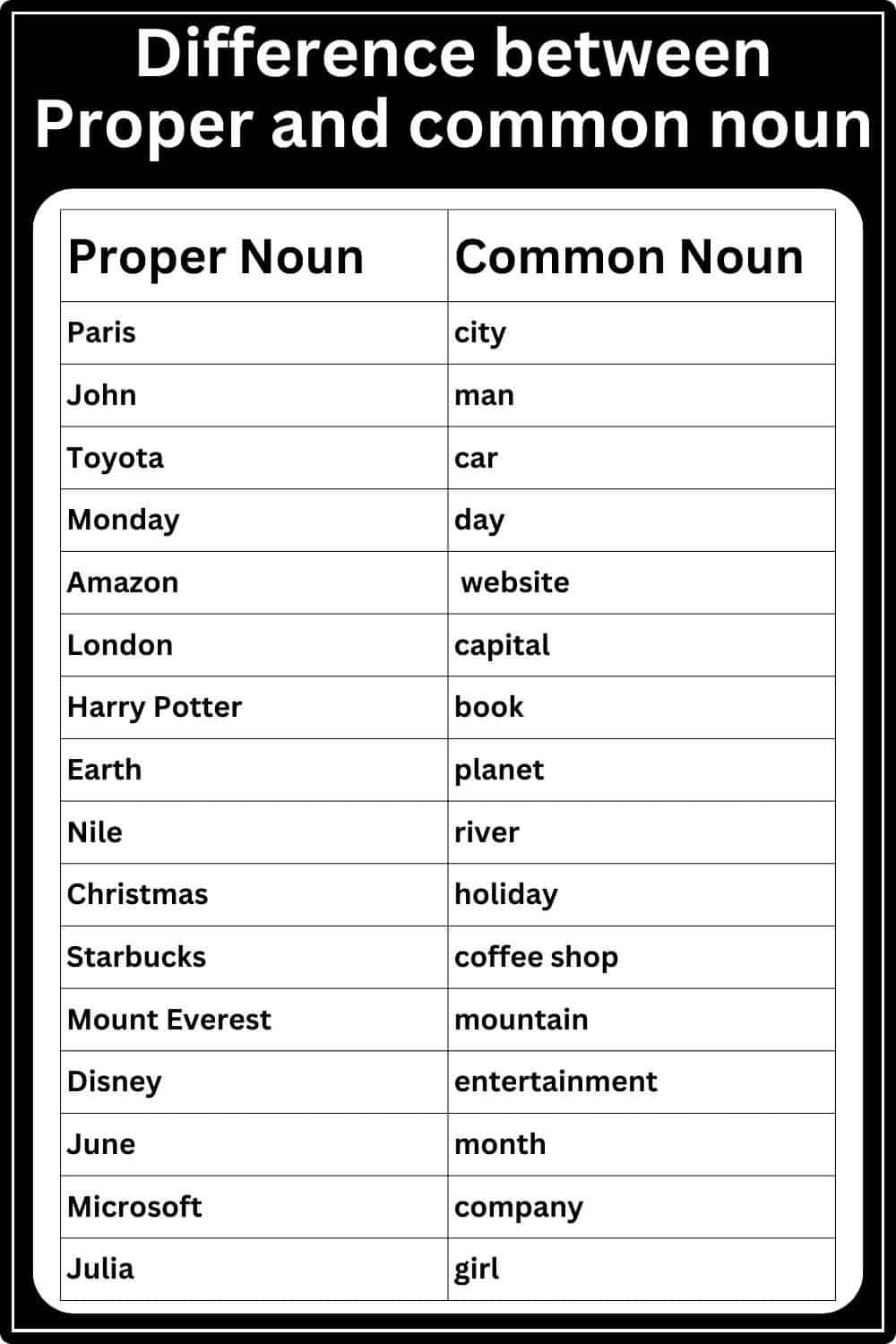When we talk about common nouns, we are referring to words that signify any class of people, places, or things. These nouns are not specific and do not require capitalization unless they begin a sentence. One interesting aspect of common nouns is how they can be used to refer to a group of individuals.
Common nouns like “team,” “family,” and “company” can be used to represent a collection of people. In such cases, the pronoun “they” is used to refer to the group as a whole. This usage showcases how common nouns can be versatile and adaptable in everyday language.
Examples of Common Noun is They:
1. Team: The team worked hard to achieve their goal. They practiced diligently and ultimately won the championship.
2. Family: The Smith family went on vacation, and they had a wonderful time exploring new places together.
3. Company: The company announced their latest product launch, and they received positive feedback from customers.
4. School: The school organized a fundraiser, and they raised enough money to support various educational programs.
5. Organization: The nonprofit organization dedicated their efforts to helping those in need, and they made a significant impact on the community.
These examples demonstrate how common nouns can be used to represent a collective entity and how the pronoun “they” is employed to refer to the group as a whole. By understanding this concept, we can effectively communicate and convey ideas about groups of individuals in a clear and concise manner.
In conclusion, common nouns play a crucial role in our everyday language, allowing us to refer to general categories of people, places, or things. When common nouns are used to represent a group, the pronoun “they” is utilized to refer to the collective entity. This demonstrates the flexibility and adaptability of common nouns in forming coherent and meaningful sentences. By recognizing and utilizing common nouns effectively, we can enhance our communication skills and convey ideas with precision and clarity.
